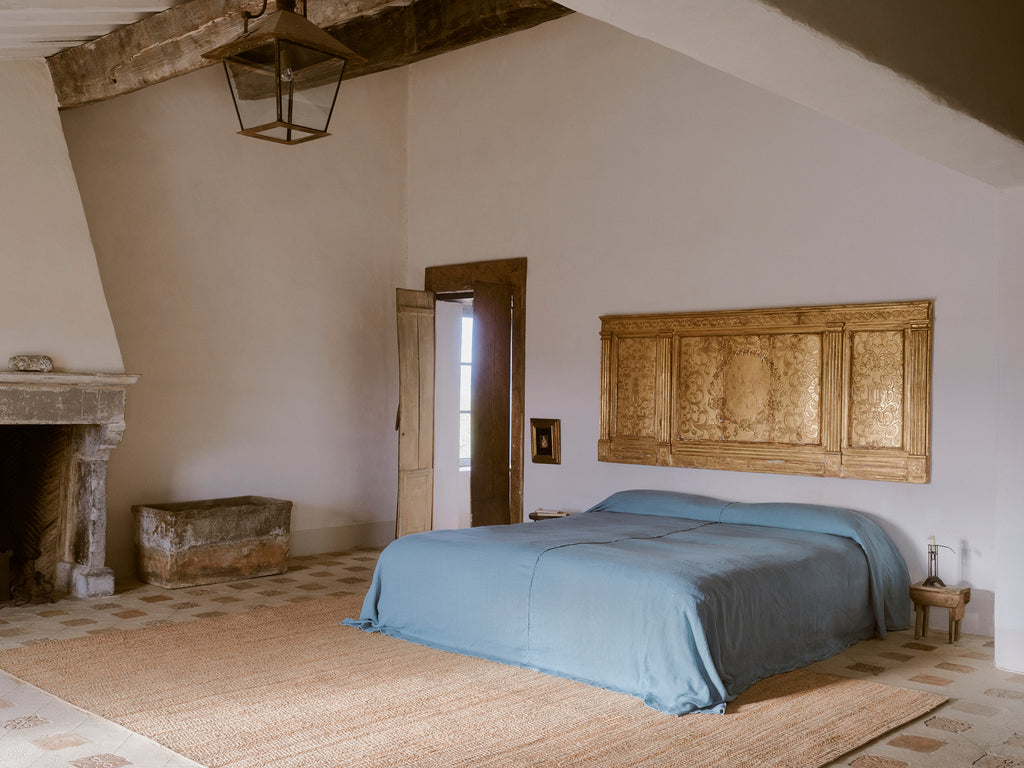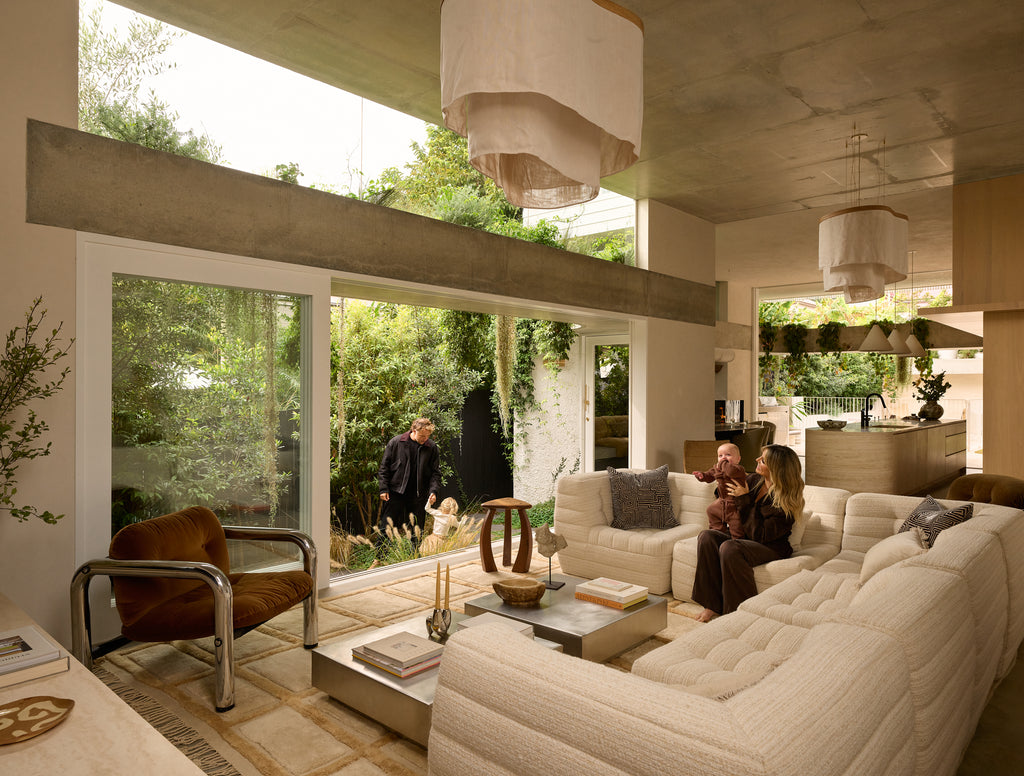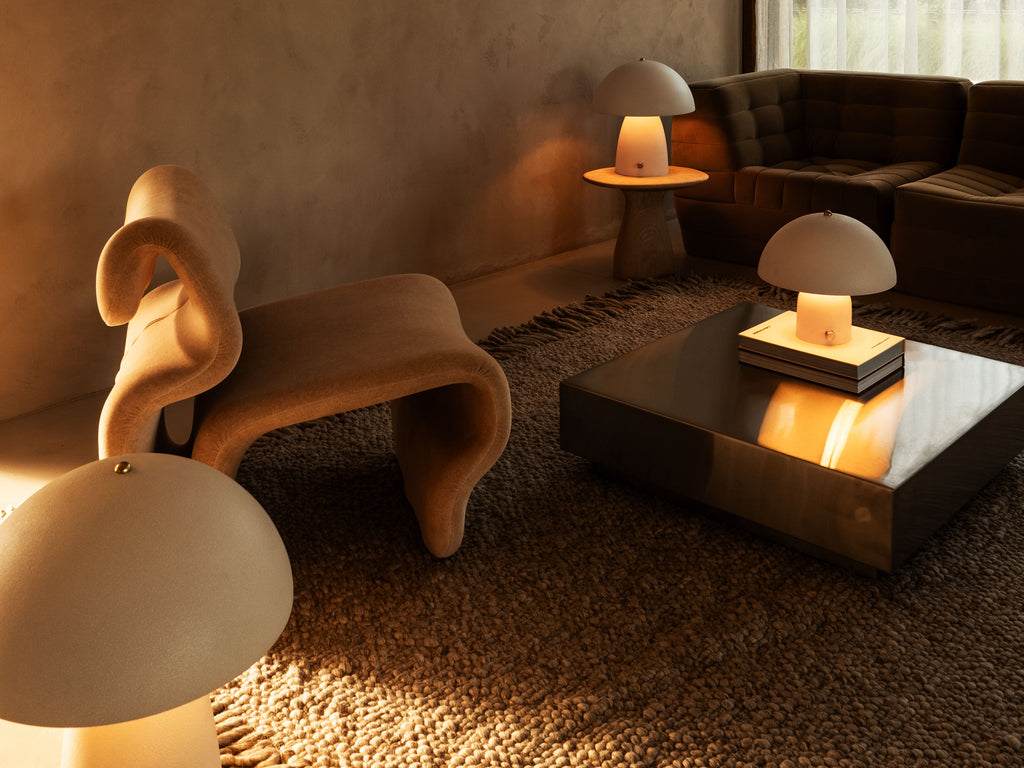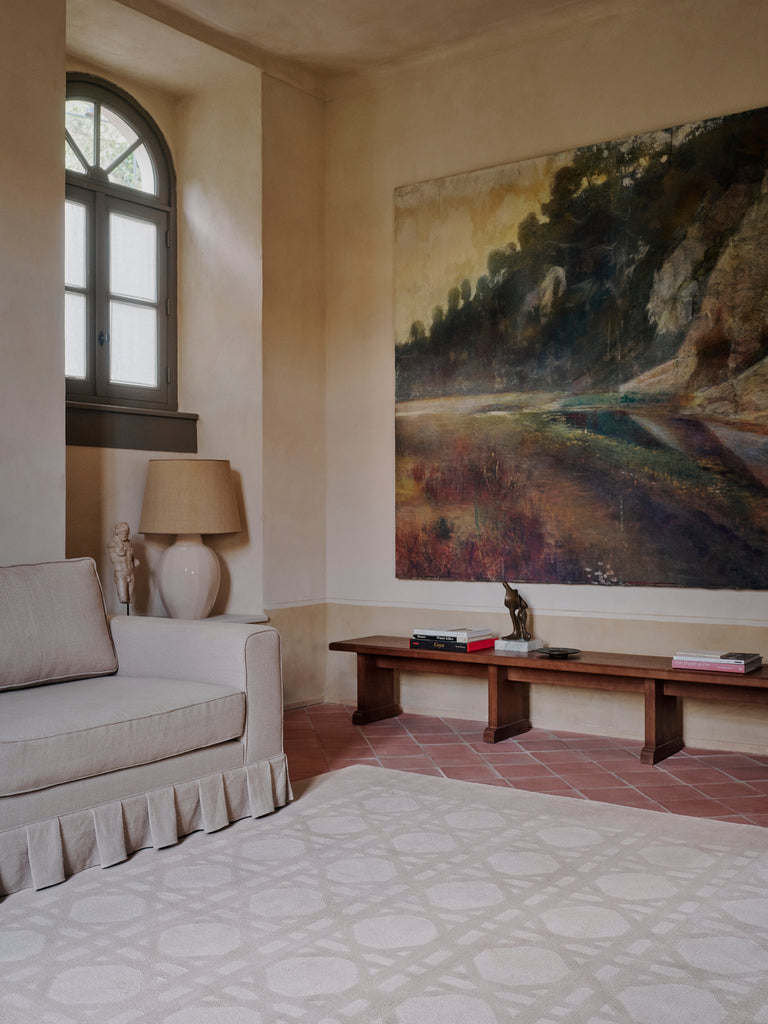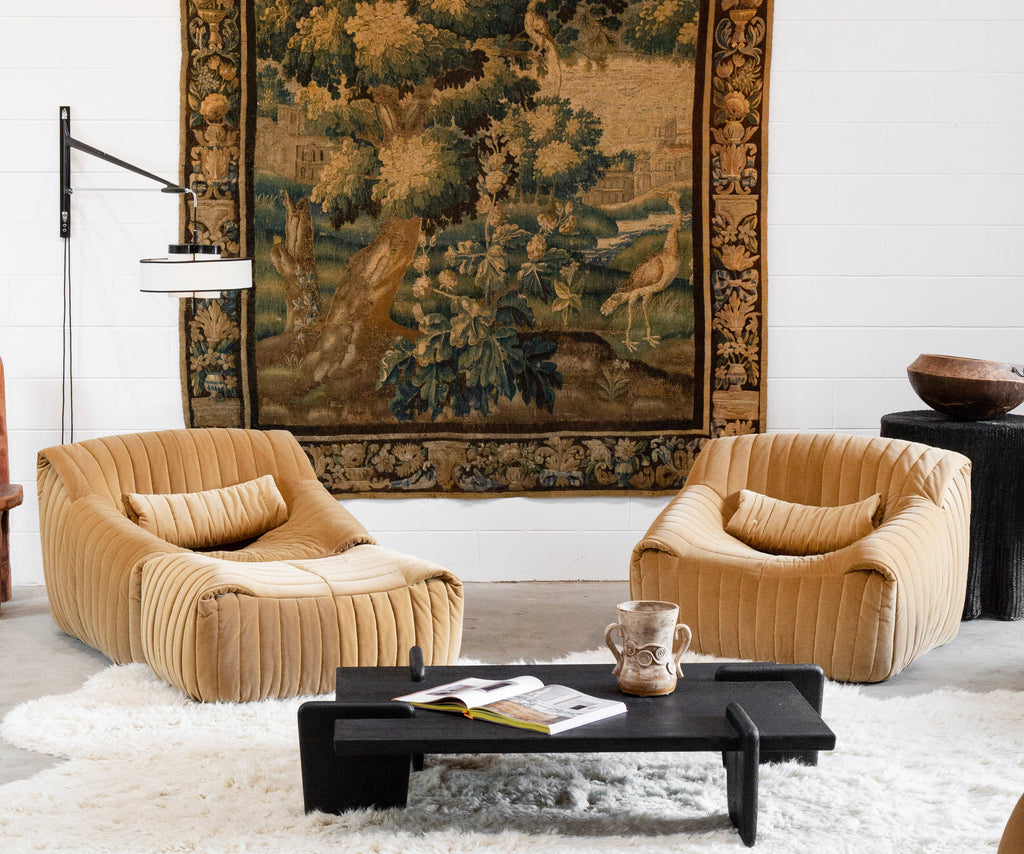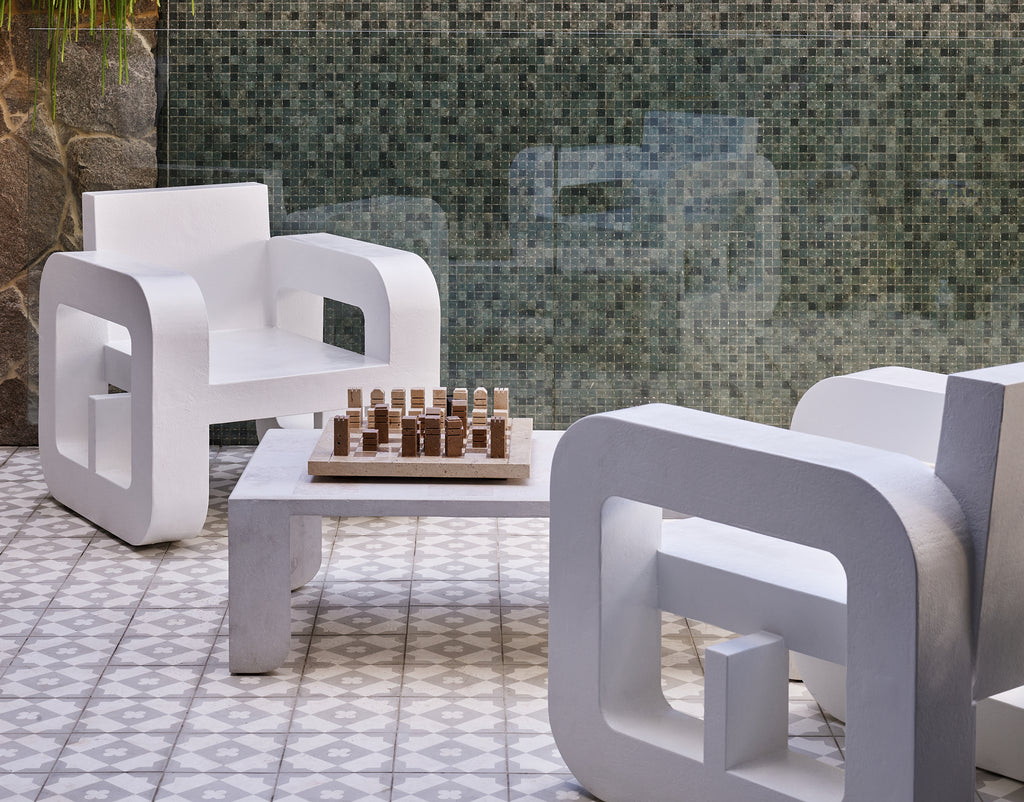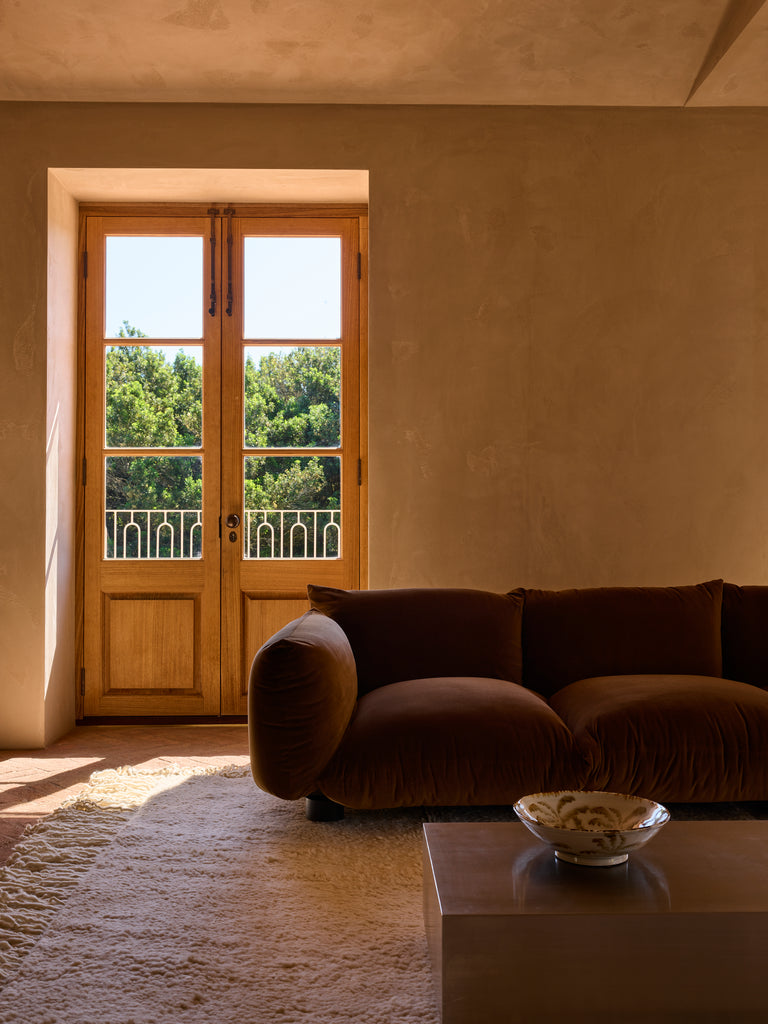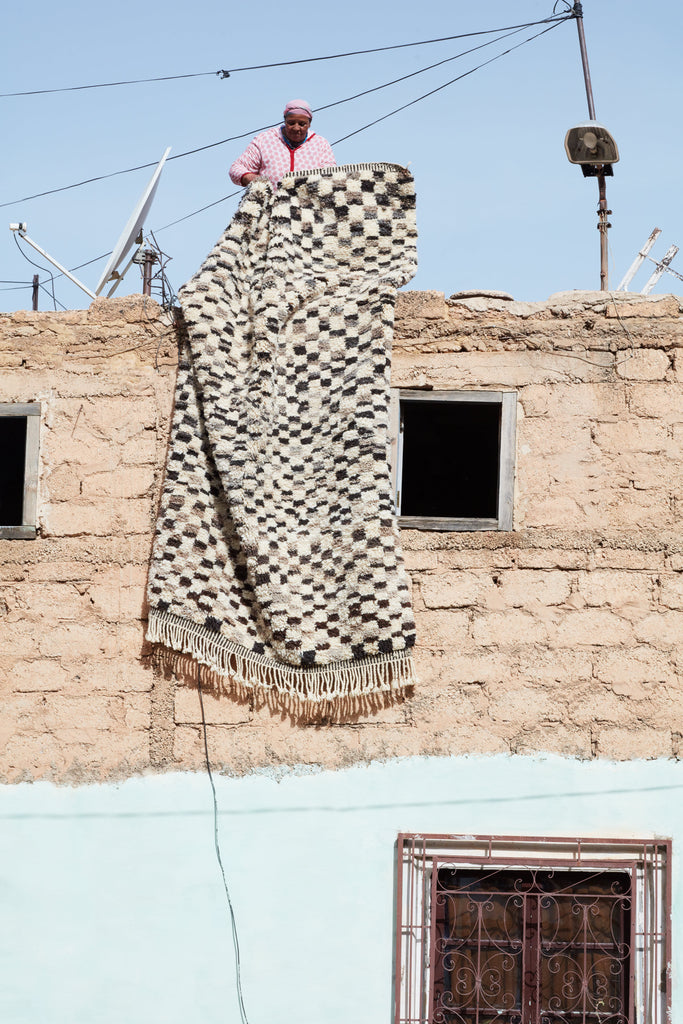
Tête-à-tête
Molding a sustainable path. A chat with French designer Henri Dejeant of Atelier Henri.
French designer Henri Dejeant, the creative behind Atelier Henri, embarked on his first artistic journey in his childhood workshop, where he experimented with crafting lamps from gramophone horns and lampshades inspired by Napoleon III.
His commitment to sustainable design was ignited during a trip to Morocco, where he drew inspiration from the resourceful use of recycled materials in local design.
Driven by this sustainability ethos, Henri pioneered his own 'molding up' technique, enabling him to create unique lighting and furniture designs, reimagined with paper as a central element. These handmade designs embody a modernist aesthetic, characterised by rounded shapes, evident in his diverse range of lamps and furniture modules.
In our conversation with Henri, he discusses his commitment to sustainable design and the unique way he collaborates with materials to bring his vision to life.
What is your earliest memory of creative exploration?
I had a small workshop at a very young age where I conducted experiments. I began making small objects, and I remember creating a lamp with a gramophone horn and a Napoleon III-style lampshade, a curious creation that it would be interesting for me to rediscover.
How would you describe your approach to sustainable interior design, particularly your use of recycled materials and the ‘molding up’ technique you created?
When I delved deeper into design and set up my first functional workshop, I was determined to work with a material that was unique to me. Ecology was important to me, and naturally, I adopted paper and studied it to find a way to bring to life what I envisioned.
Can you take us back to the moment when you were first inspired by the ethos of using recycled materials, which you encountered during your time in Morocco?
Morocco inspires me because I enjoy witnessing artisans working with materials. I could spend hours in the souks and in these tiny workshops where they create remarkable things. Sometimes, it's in a tranquil setting while weaving reed leaves or opening the shell of an Argan tree, and at other times, it's amidst the clamour of the tinsmiths' quarter as they work on copper or nickel silver.


"I hope people sometimes look at them, even touch them, and think that they have a little life in them because when I make them, I try to convey something, like Geppetto in the workshop where Pinocchio was born."




Tigmi is your first Australian stockist, what does this milestone mean to you, and how does it align with your vision for Henri Atelier?
Initially, I didn't think my creations could go beyond France or Europe, but I'm very proud that my lamps can travel the world. I hope they'll send me a postcard.
Tell us about your design of the Invider Lamp and what inspired you to create it?
I wanted to test this material, and all the drawings I made started taking on organic forms. Eventually, the material spoke to me, partly plant-like and somewhat animal-like, but not of this Earth – that's what was in my mind.
"Initially, I didn't think my creations could go beyond France or Europe, but I'm very proud that my lamps can travel the world. I hope they'll send me a postcard."
In your view, what are the defining qualities of your designs and do these characteristics vary from one design to another?
I believe they can be distinguished by their organic shapes. I can't imagine doing it any other way with this material.
You relocated your studio from Marrakech to the South of France. Do you feel that this change of location has had an impact on your work and how so?
In reality, I moved my workshop from Marrakech to the south of France, and it had a significant impact. I completely rethought the concept and production system, and the material also evolved to become what it is today.

Could you tell us about some of the techniques or tools you have incorporated into your process?
From the beginning I have been working with a CNC milling machine that allows me to bring to life the designs I create on my computer. Then, I make my molds myself. These two aspects of my work are very important and complex. I had to learn over the years to master these skills, and I still have more to learn to carry out the other projects I have in mind.
Given that Tigmi translates to ‘my home’ in the Berber language, what do you hope your designs bring to the homes they are destined for?
I hope people sometimes look at them, even touch them, and think that they have a little life in them because when I make them, I try to convey something, like Geppetto in the workshop where Pinocchio was born.
Is there a particular piece among your creations that stands out as one you are exceptionally proud of, and if so, what makes it special to you?
Ultimately, what I'm most proud of is my workshop and all the tools I develop to help me create my designs.
Looking ahead, what exciting endeavors or projects can we anticipate from Henri Atelier in the near future?
Paper in the garden...
Henri - we're intrigued!
Tigmi is the exclusive stockist of Atelier Henri in Australia.
EXPLORE ATELIER HENRI


